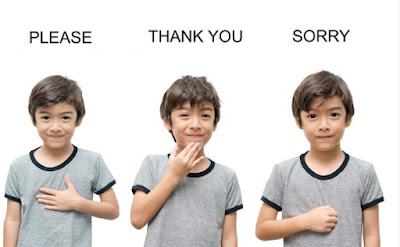Vocalize vs. Verbalize
What’s the Difference and Why Does it Matter in Music Therapy?
Communication. It’s something we do every day without even realizing it but it can be one of the most difficult things to learn how to do well, especially for children and most especially for children with intellectual and developmental disabilities. When you think of the word communication the first thing that might come to mind is talking or writing which is called “Expressive Communication”. Children demonstrate the ability to understand and convey thoughts through both nonverbal and verbal expression. Just because a child might be described as non-verbal does not mean that the child doesn’t have the ability to communicate their wants and needs.
What’s the difference between vocalizations and verbalizations?
Vocalize is to express with the voice, to utter, while verbalize is to speak or to use words to express. Though an individual’s chosen mode of communication may be non-verbal [Augmentative and Alternative Communication (AAC) devices, American Sign Language (ASL), gestures, etc.] they can still communicate vocally. It’s important to pay attention to the tone, pitch, and volume of their voice in addition to non-vocal cues including facial expressions.
Targeting Expressive Communication Goals in Music Therapy
The ways that music therapy can target expressive communication includes:
- Increased verbalization
- Increased positive vocalization
- Decreased negative vocalization
- Decreased frustration
The Research
- The Journal of Music Therapy found that “…increases in verbal responding accompanied the incorporation of music activities into the individual sessions.” One possible explanation for this increase in verbal response can be found in the journal Music Therapy Perspectives.
- Music Therapy Perspectives states that “One hypothesis… explained that the benefits are due to (a) Overlap in the brain for music and speech processes; (b) Precisions of processing is more intense for music than speech; (c) Emotions evoked by music are positive; (d) Repetition is a critical element of all musical experiences; and (e) Attention must be focused to perform well musically.” Put more succinctly, music as a medium facilitates efforts to work on and overcome challenging neural processes.
- From Frontiers in Psychology: “Speech and music activate similar and sometimes identical brain structures. Music is a useful tool for speech and language learning in early childhood in particular, while young children are forming cortical networks in music and language areas.”
Real Life Application
- Decrease in negative vocalizations in response to non-stimulating, quiet, calming music with an increase in focus and eye contact following for the rest of the session
- Increase across time of verbalizations including requesting instruments, identifying objects, answering questions, and filling in lyrics of well-known songs.
- Increase in nonverbal communication including mirroring sign language modeled by therapist
Does This Sound Like Someone You Know?
- Individuals in early childhood not hitting milestones in communication
- Children and adults on the Autism Spectrum or with an IDD who struggle to communicate
What Can I Do?
- Give extra time to respond
- Give extra prompts worded different ways
- Use sing song voice when prompting to speak
- Point to mouth when speaking to call attention to mouth shapes
- Incorporate simple ASL signs in day-to-day life to give child a chance to learn another way to communicate that doesn’t rely on verbalizations





Comments
Post a Comment